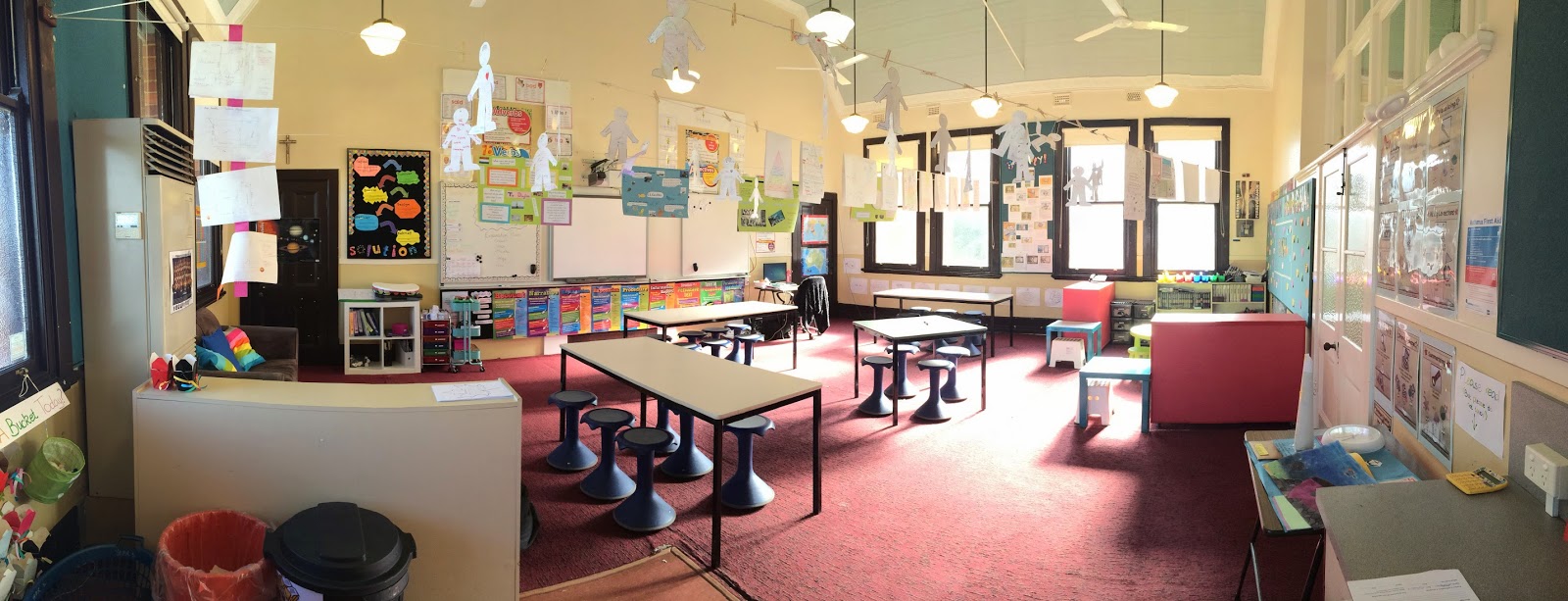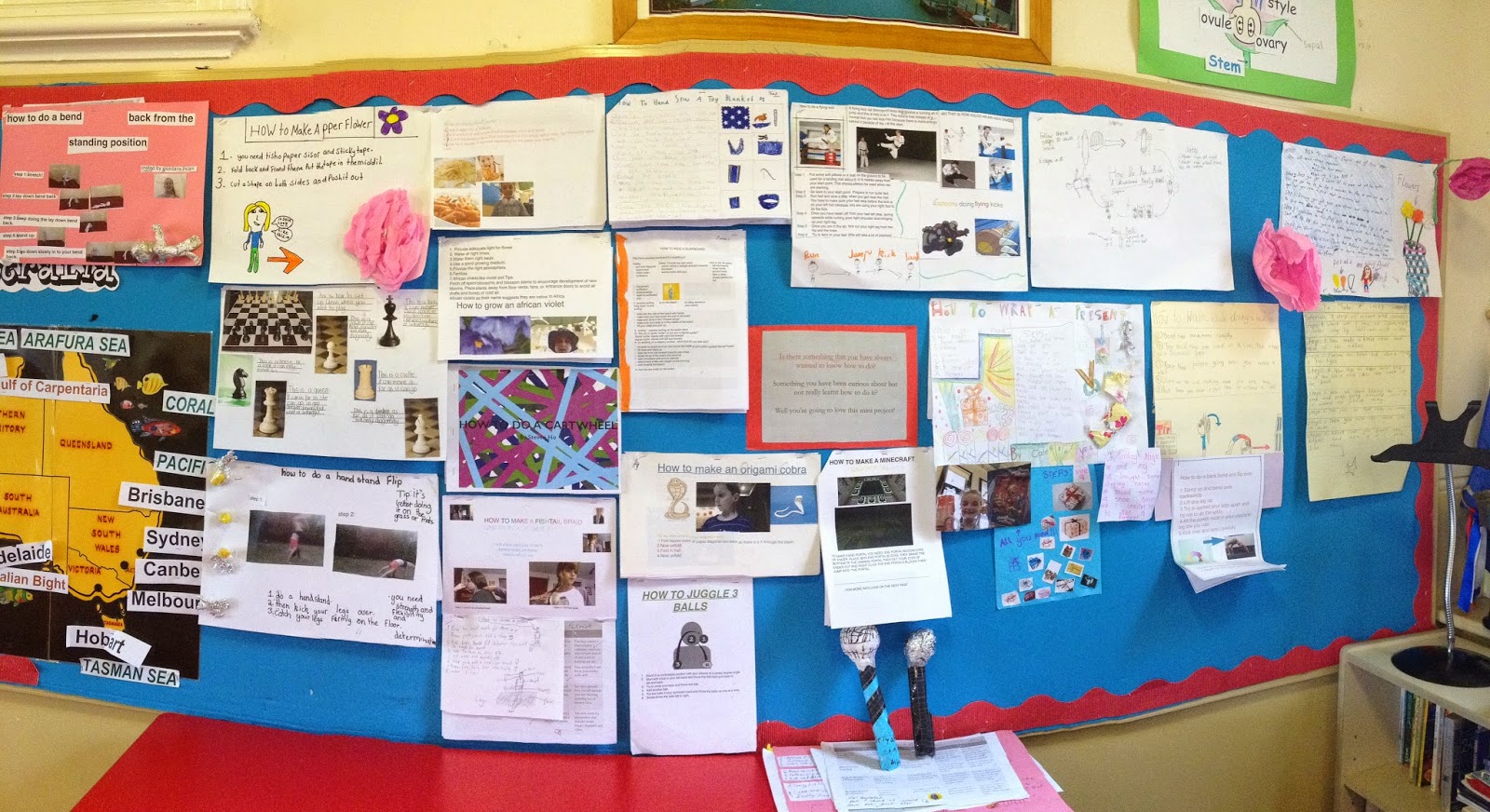Hi Parents,
We hope you have had a wonderful and restoring holiday with your children.
We are looking forward to a very productive term, consolidating our learning from this year and preparing all children for the start of Year 5.
Class Parent Roster for Term 4 - please help when you can by adding your name to our online roster.
Click here to access the roster.
Assembly - Our Class Assembly is in Week 4 this term - 7th November .
Some key learning for this term will be :
English
1. Persuasive Writing - the students will learn the key elements of this writing style at Year 4 level. They will use their learning and practise aspects of persuasive writing each week.
This will culminate with a
writing challenge for them to persuade Mr. Dunning of something they think should be changed at our school. Students with the most persuasive writing pieces will be granted a meeting with Mr Dunning to put forward their ideas.
2. Reading - our continued effort in reading comprehension as well as reading fluency will again be central in the English program.
3. Handwriting - while most students have made good progress with handwriting the year, Mrs Caielli and I would like to give this area even more attention. We value this skill greatly and would like to see all students develop further before the end of the year. Please assist us by continuing to emphasise this skill at home.
4. Spelling - our regular program will continue with the new spelling homework activities. The students have continued to make great progress throughout the year.
Maths
Maths - the focus will really apply to the 4 operations (addition, subtraction, multiplication and division) and more efficient strategies for performing these skills. The students have focused most of the year on place value and concrete-based operations. I am satisfied with their progress and understanding and they are now ready for quicker, more traditional methods that most of you will be familiar with.
Other Maths outcomes for this term include probability, data collecting and measurement.
Health - Bullying Project - students will learn the key elements in this topic as well as develop an anti-bullying video using iMovie.
Geography
In Years 3–4 students ask more complex geographical questions and contribute to planning their geographical inquiries and learning. They can provide reasons for what they think and justify their conclusions.
The curriculum focus shifts from exploration to more purposeful investigation. In these years, students learn to describe and compare the environmental and human characteristics of places in different locations at the local, regional and national scale. They reflect on how people feel about places and learn how the environment supports their life and the life of other living things. They examine different views on how to protect environments and how to use resources and manage waste sustainably.
Sustainability is also examined through a study of Aboriginal and Torres Strait Islander Peoples’ custodial responsibility for their Country/Place. The development of a student’s mental map of the world is extended through a study of the location and characteristics of places in the southern hemisphere, including Australia and its near neighbours.
In their investigations, students collaborate to collect and record information, identify patterns and trends and draw conclusions, and communicate their findings using appropriate geographical vocabulary. Specific new geographical skills in Years 3–4 include the use of aerial photographs and satellite images, the construction of simple graphs and the interpretation of maps.
Science:
Package it Better.
Packaging has become a huge industry in the modern world. Everything from food to furniture can come in a package which might be made from materials such as metal foil or plastic film – materials that didn’t exist even a few decades ago. Packages need to protect and preserve contents while being economical, attractive for marketing purposes and preferably having minimal environmental impact. Little wonder that they are often the product of imaginative design and rigorous testing.
The Package it better unit links science and technology with literacy in the classroom. It provides opportunities for students to develop an understanding of the design of packages and the choice of appropriate materials to use. They design and test a package that will safely deliver a fragile gift. Through investigations students observe and gather information about what makes a successful package.





